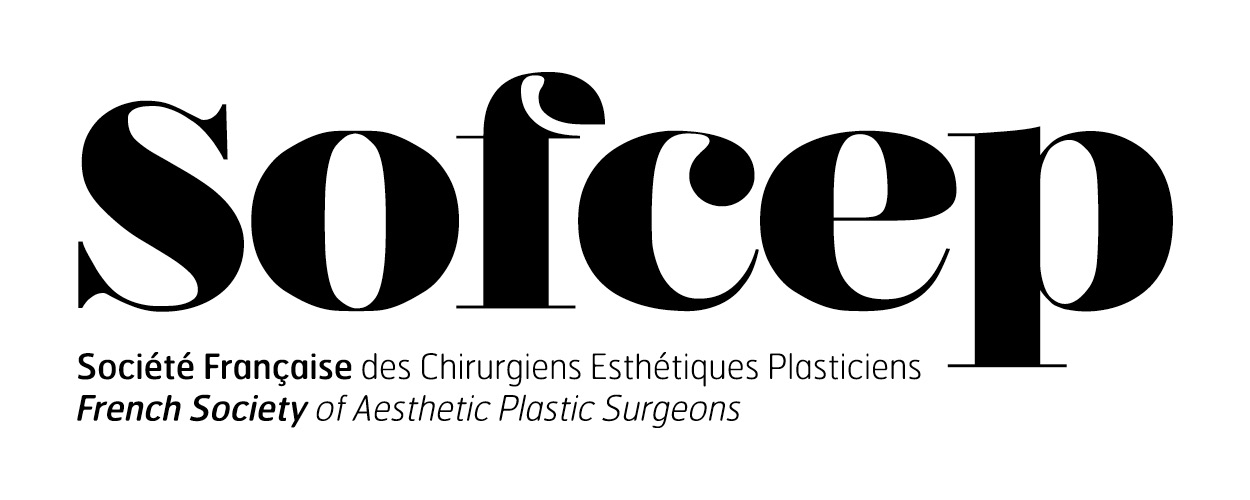VOLTAR
IMCAS World Congress 2025
IMCAS World Congress 2025
Programa
Adaptar ao meu fuso-horário a agenda da aula/congresso transmitida ao vivo
Fuso-horário de referência: (UTC+02:00) Europe, Paris
Facelift: Deep or not deep, that is the question (in collaboration with SOFCEP)
Sala: Amphi Havane - Level 3
Data: sábado 1 fevereiro 2025 de 14:00 às 15:30
Formato: FOCUS SESSION > lectures covering a major topic of the congress
Data: sábado 1 fevereiro 2025 de 14:00 às 15:30
Formato: FOCUS SESSION > lectures covering a major topic of the congress
Apresentações desta sessão
| Horas | Palestrantes | Título da apresentação | Resumo | Número |
| 14:00 | Should you be afraid of Auerswald net in deep facelift? 2 years of experience | 140384 | ||
| 14:10 | Facelift: Plication or SMAS undermining what I've learned from 25 years of using the 2 techniques | 142881 | ||
| 14:20 | Deep facelift: Any nerves concern? | 140385 | ||
| 14:30 | MACS lift tips and tricks: A 522-case review | 140387 | ||
| 14:40 | Preservation Facelift: Extended deep plane with limited skin dissection, from anatomy to improved results | 140388 | ||
| 14:50 | The face and neck lift objective photo-numerical assessment scale: A complete scale for facelift evaluation | 140389 | ||
| 15:00 | My quest to deep plane facelift: Medical influencers | Visualizar | 145087 | |
| 15:10 | Preservation deep plane Facelift: Benefits and comparison with the standard SMAS facelift | Visualizar | 145151 | |
| 15:20 | Discussion and Q&A | 140391 | ||




















